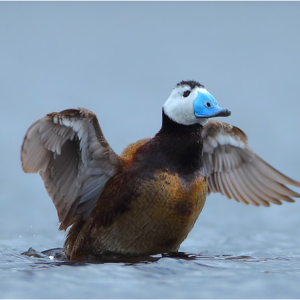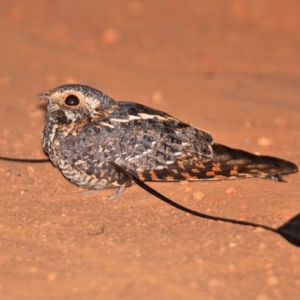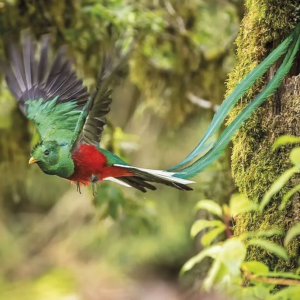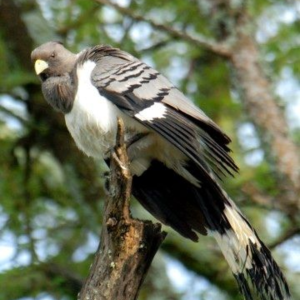
This bird is as ferocious as a prehistoric monster, capable of swallowing prey with its giant beak.

This prehistoric monster-like bird can be up to 1.3 m tall, weigh 7 kg, have a wingspan of more than 2.5 m and has a strangely large shoe-shaped beak. Their beak can be up to 25 cm long, making them the third largest bird in the world. Its oversized beak and long, sinewy legs turn it into a ferocious swamp spirit, specializing in attacking unsuspecting prey and swallowing it whole.

A study published in 2015 in the journal African Ornithology found that catfish are the shoebill stork’s most common prey, accounting for about 71% of their diet. However, this bird also eats eels, snakes, ducks, and even baby crocodiles.
Shoe-billed storks attack baby crocodiles when the baby crocodile’s parents are not around. They rush at baby crocodiles quickly when given the opportunity. With a sharp and hard beak, once the shoe-billed stork catches its prey, it is rarely able to escape.
The shoe-billed stork is considered a fierce hunter and a patient predator. They will wait for their prey, especially in shallow waters or any floating vegetation. At the right moment, it attacks immediately and finishes off its prey with one swift move.

The beak is a basic tool in this stork’s diet. It is used to catch and kill prey, as well as cut prey into small pieces for easy swallowing.
Shoe-billed storks can live more than 35 years in the wild. This stork species is mainly solitary, but pairs for life and lays 3 eggs in a nest. But due to competition between juveniles, only one survives to adulthood. They are usually the first to hatch and are larger, able to compete with their younger siblings for food or kill them. The second or third fawn essentially serves as a backup if the first fawn does not survive. This behavior was filmed on naturalist David Attenborough’s Africa program, in which an earlier cub bit its younger sibling. When the mother bird returned, she did not care about the weak baby.
Baby storks cannot stand and move on their own until they are more than two months old. So it only depends on the mother stork’s food supply. When they are three months old, they can forage for food on their own with parental supervision. When hungry, baby storks make a sound similar to a hiccup to notify their mother that they need food.

Shoe-billed storks can fly but only for a short time because they can only flap their wings 150 times a minute (the slowest flapping speed among birds). It can only fly a maximum of 500 m.
According to statistics, there are only about 5,000 shoebill storks left worldwide. Even so, it is difficult to grasp the exact number of these storks because of their mysterious and elusive nature. They nest in areas that are inaccessible to humans. According to the Red Book, the shoe-billed stork is considered a vulnerable species. Their numbers are decreasing and the biggest threat to these interesting storks is humans.
There are a number of myths and superstitions about the shoe-billed stork that have led to its being hunted. A popular myth is that a fisherman who encounters a shoebill stork will have bad luck.





